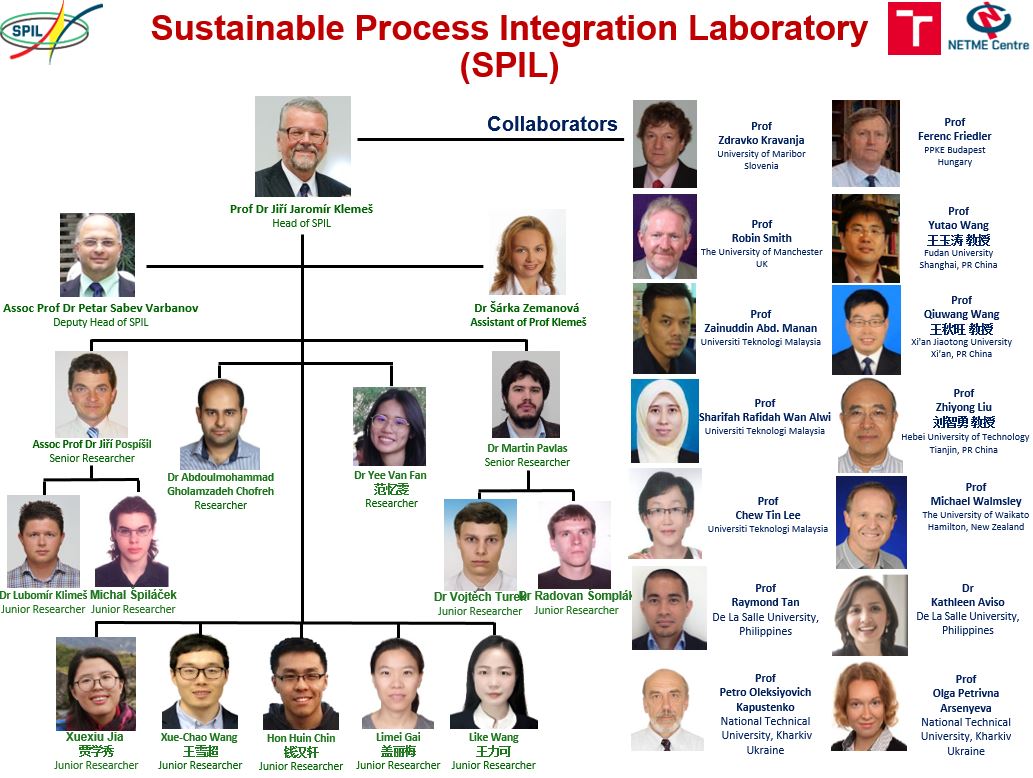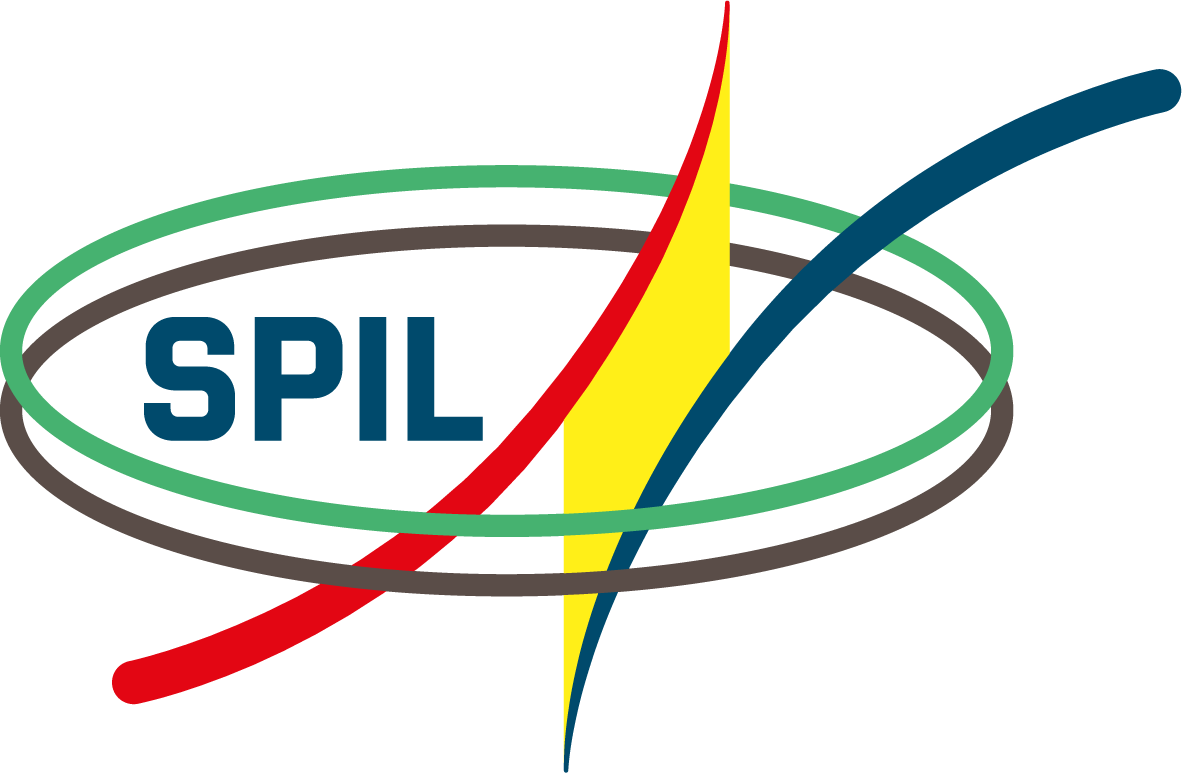Sustainable Process Integration Laboratory (SPIL)
The project, established at the NETME Centre (Faculty of Mechanical Engineering at the Brno University of Technology), is guided by an international research team, supervised by Professor Jiří Klemeš. The SPIL project has been drafted and developed at the NETME Centre and subsidized from the Operational Program Research, Development and Education. The project commenced on 1 February 2017, and will last five years. The project objective is to establish an international, competitive research facility, and to simultaneously provide both unique and practical knowledge which will promote an increase in efficiency of processes and power industries, in other words knowledge that will help minimize the so-called greenhouse, nitrogen, ecological and water footprints.
The SPIL Scientific Conference have been held every year since 2017. Read more information on the www.conferencespil.com.
Collaboration with universities:
- Fudan University, China
- Hebei University of Technology, China
- Pázmány Péter Catholic University, Hungary
- The University of Manchester, UK
- Universiti Teknologi Malaysia, Malaysia
- University of Maribor, Slovenia
- University of Waikato, NZ
- S. Serikbayev East Kazakhstan State Technical University, Republic of Kazakhstan
- Kharkiv Polytechnic Institute, Ukraine
- Xi’an Jiaotong University, China

Our 12 Research Agenda
1.A comprehensive state-of-the-art analysis in the following areas and their combinations.
2.Extending and developing an advanced methodology for Total Site and regional integration methodology for thermal energy.
3.Extending the methodology for water and waste water minimisation and water and energy minimisation.
4.Extending the methodology into power (electricity) Total Site and Regional Integration.
5.Development of the methodology for further minimisation of Greenhouse gas footprints (including the carbon footprints).
6.Development of the methodology for minimisation of Nitrogen footprints.
7.Development of the methodology for minimisation of Water footprints (specified as blue, green, and grey footprints).
8.Study and suggestions for minimisation of virtual footprints – including GHG, Nitrogen, and Water footprints.
9.Study and suggestions for reduction of the environmental impact of energy and water flows.
10.Extending and developing advanced procedures and tools.
11.Resource (energy, water, etc.) improvement road-mapping
12.Knowledge transfer and dissemination, with user feedback.




